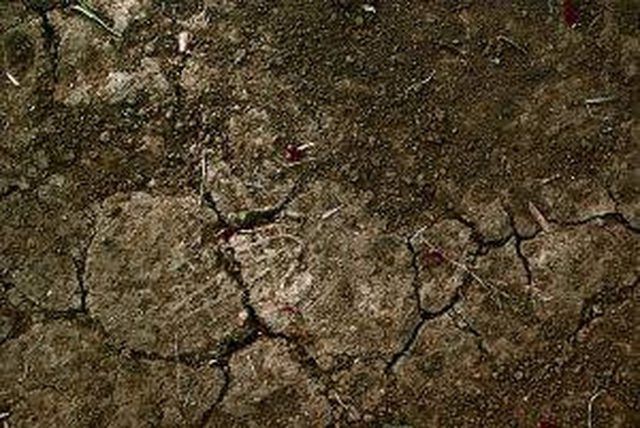Bulbs
Flower Basics
Flower Beds & Specialty Gardens
Flower Garden
Garden Furniture
Garden Gnomes
Garden Seeds
Garden Sheds
Garden Statues
Garden Tools & Supplies
Gardening Basics
Green & Organic
Groundcovers & Vines
Growing Annuals
Growing Basil
Growing Beans
Growing Berries
Growing Blueberries
Growing Cactus
Growing Corn
Growing Cotton
Growing Edibles
Growing Flowers
Growing Garlic
Growing Grapes
Growing Grass
Growing Herbs
Growing Jasmine
Growing Mint
Growing Mushrooms
Orchids
Growing Peanuts
Growing Perennials
Growing Plants
Growing Rosemary
Growing Roses
Growing Strawberries
Growing Sunflowers
Growing Thyme
Growing Tomatoes
Growing Tulips
Growing Vegetables
Herb Basics
Herb Garden
Indoor Growing
Landscaping Basics
Landscaping Patios
Landscaping Plants
Landscaping Shrubs
Landscaping Trees
Landscaping Walks & Pathways
Lawn Basics
Lawn Maintenance
Lawn Mowers
Lawn Ornaments
Lawn Planting
Lawn Tools
Outdoor Growing
Overall Landscape Planning
Pests, Weeds & Problems
Plant Basics
Rock Garden
Rose Garden
Shrubs
Soil
Specialty Gardens
Trees
Vegetable Garden
Yard Maintenance
How to Break Down Clay Soil
How to Break Down Clay Soil. Soil types are described by how much sand, silt or clay the soil contains. Although most soil contains a combination of these particles, the exact combination determines the soil's ability to retain moisture and provide nutrients to growing plants. When sand, silt and clay are balanced the soil is considered loam and is...

Soil types are described by how much sand, silt or clay the soil contains. Although most soil contains a combination of these particles, the exact combination determines the soil's ability to retain moisture and provide nutrients to growing plants. When sand, silt and clay are balanced the soil is considered loam and is ideal for plant cultivation. In some areas of the country, soil is predominately clay, the finest of all soil particles, and requires amendments to make the soil suitable for cultivation of crops.
Things You'll Need
Organic matter (compost/aged manure)
Coarse builder's sand
Garden tiller
Cover the area with a 3 to 4 inch layer of coarse organic matter. Aged manure that has been sitting for several years is a good choice. Compost can also be added. Avoid commercial compost or composted manure sold in bags at garden supply stores, as they are often too fine to provide the texture you will need when amending clay soil. Seek a supply of bulk materials. You will need one cubic yard for every 100 square feet of garden area. Keep in mind that an area 10 feet by 10 feet equals 100 square feet. Plan accordingly.
Add 3 to 4 inches of coarse builder's sand to the layer of compost. Play sand or sand designed for sandboxes is too fine and will combine with the clay making the soil even more difficult to work. Coarse sand works to break up the clay particles and provides needed texture to the soil. It also increases drainage.
Use a garden tiller to work the compost and sand into the existing soil. Although you can do this by hand for a small area, a tiller does a much better job and makes the work easier. Rent one at an equipment rental center if you do not own a tiller. Till the area from top to bottom. Repeat by tilling the area from side to side. Work until all the amendments are incorporated into the soil.
Tips & Warnings
Avoid working with clay soil while it is wet. It will compact the soil making it difficult to break up in the future.